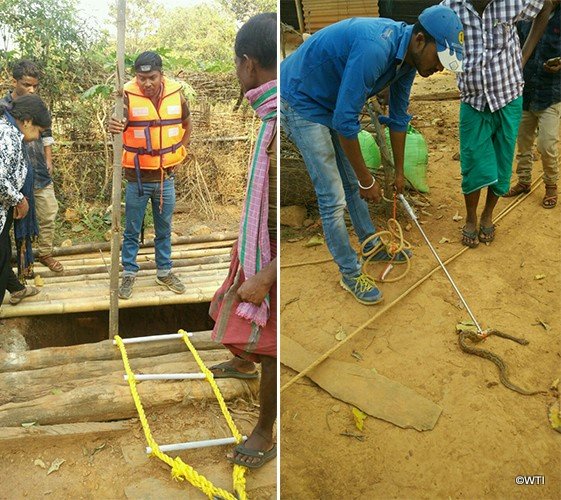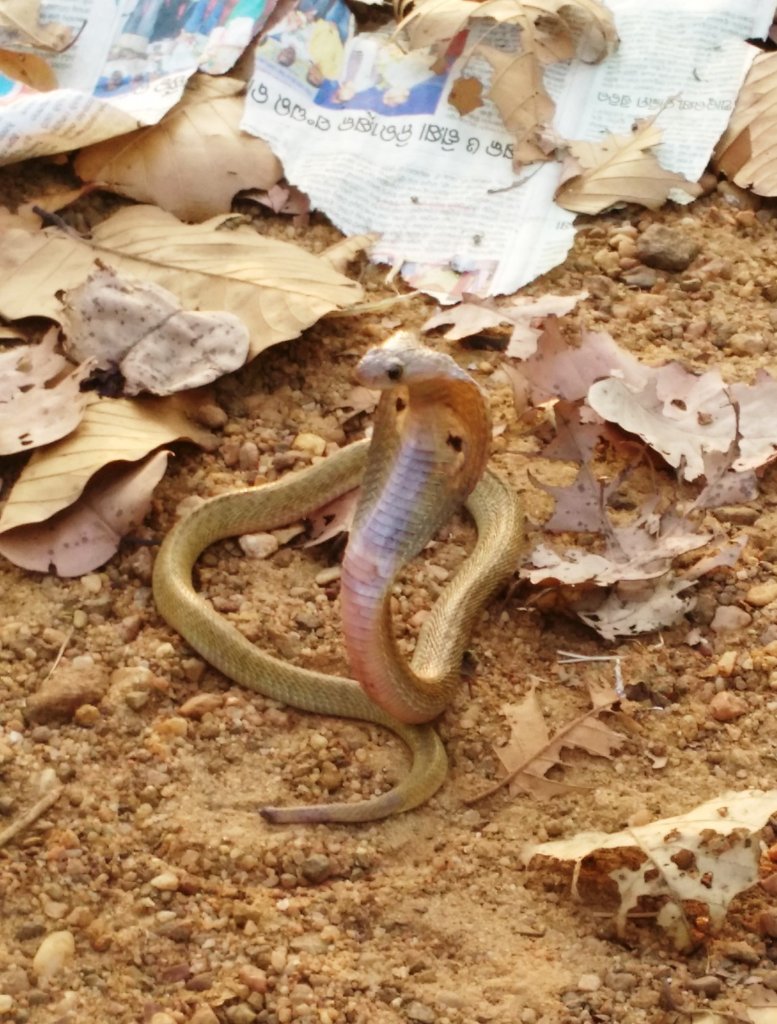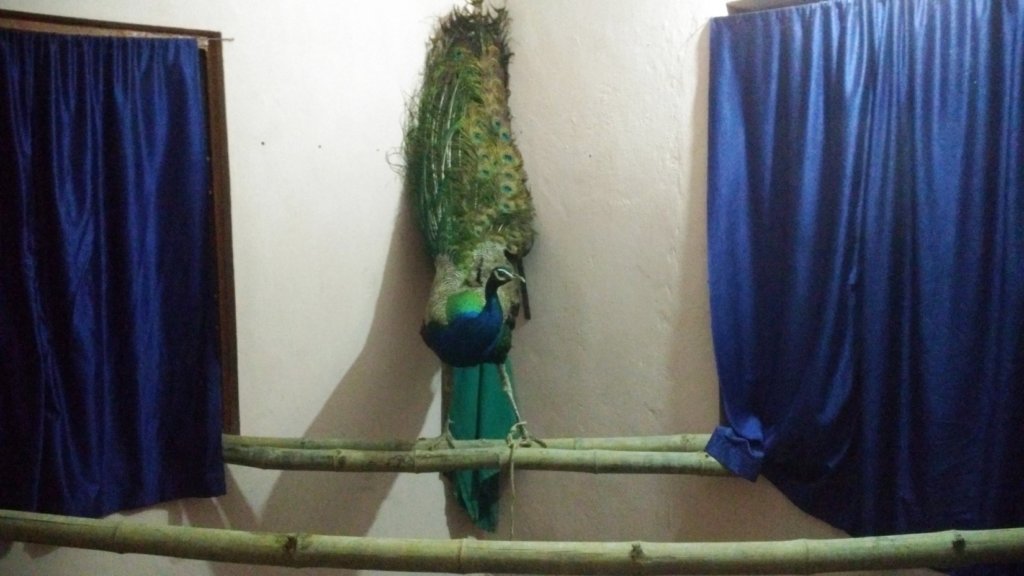By Harsha Doriya | Assistant Project Officer
India has a rich biodiversity which is threatened by innumerable emergencies ranging from natural calamities like floods, forest fires, cyclone or disease epidemics, to anthropogenic pressures like unplanned infrastructural development, poaching and hunting or those caused by new policies that threaten the natural world. Many animals are killed and injured in, forest fires, floods and other catastrophes every year. The destruction of land and natural habitats affects the food chain because many species are unable to hunt. Amidst panic and chaos, animals are sometimes considered as the forgotten victims of disaster. Apart from natural disasters, human interventions, conflict between wildlife also seeks attention of a rescuer/veterinarian. Veterinarians not only attend to such wildlife emergencies but also alleviate stress and improve welfare aspects of the displaced wildlife. To address such issues, and giving considering the importance of a veterinarian in rescue, our MVS (Mobile Veterinary Service) is placed at Similipal TR which functions under the concept that animals estranged from their natural habitat, either due to human interference or by accident, must be given every chance to return to their natural habitat. MVS is aiding such emergency relief and veterinary care to wildlife displaced due to natural and man-made causes.
In the last quarter, the MVS placed at Similipal TR attended about 14 cases of rescue which included different species of snakes (Russells Viper, spectacled cobra, rat snake), birds (parakeet, yellow footed green pigeon, spotted owlet) and mammal (Gray langur). STR and MVS Rescue team rescued one Rat snake with its eggs from a house in Baripada. As the eggs of the snake were around 15 days old, MVS team incubated the eggs with the rescued snake by providing artificial brooding in a box. In another case, an unidentified snake was found to be stuck in 30 foot deep well in Baripara division of Similipal tiger reserve. The MVS team rushed to the location with all the necessary gears to rescue the snake. Since the region has king cobras and other venomous snakes, the team decided to identify the snake first. After several attempts, the snake’s reflection on water disclosed its identification and it was found to be Russell’s viper which is among the most dangerous snakes in Asia, accounting for thousands of deaths each year. The rescue team lowered a rope ladder into the well and one of the team members, having donned a life jacket, clambered down. As he reached near the water, the viper attached itself to the wall; using a smooth-floored tong to hold it, he secured the snake in the loop of a dog catcher attached to a long rope, which was used to pull it up out of the well. The snake was successfully rescued and released back to the wild after a examining its health.
Project reports on GlobalGiving are posted directly to globalgiving.org by Project Leaders as they are completed, generally every 3-4 months. To protect the integrity of these documents, GlobalGiving does not alter them; therefore you may find some language or formatting issues.
If you donate to this project or have donated to this project, you can receive an email when this project posts a report. You can also subscribe for reports without donating.
Support this important cause by creating a personalized fundraising page.
Start a Fundraiser

